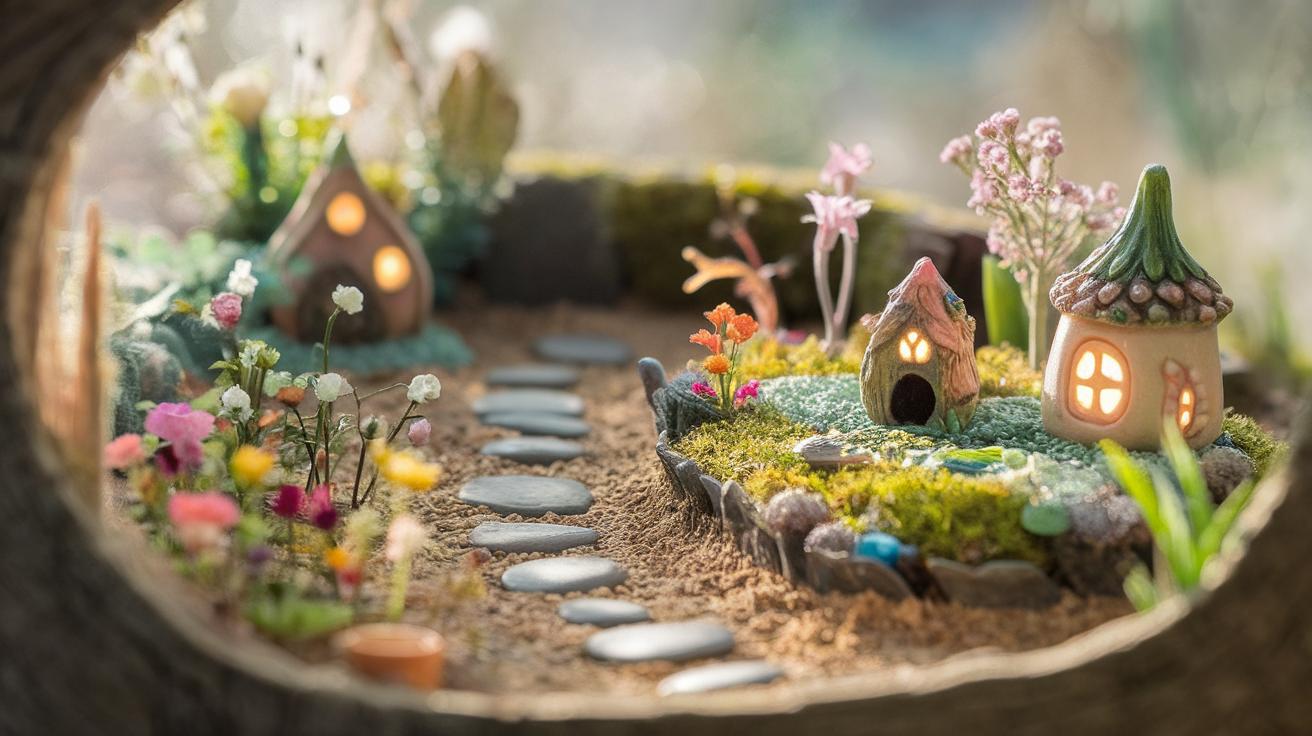Introduction
Gardening is not just a hobby; it’s a path to personal expression and tranquility. The concept of a dream garden serves as a sanctuary where modern living meets nature’s beauty. As urban spaces continue to expand, individuals often seek to create a harmonious balance between their indoor and outdoor environments. A well-designed garden not only enhances the aesthetic value of a property but also contributes significantly to one’s emotional and mental well-being.
This article will explore various elements that contribute to the ultimate dream garden for modern lifestyles. From selecting the right plants to integrating sustainable practices and leveraging technology, we will provide a comprehensive guide to crafting an outdoor space that reflects personal style and meets practical needs. With these insights, you can transform your garden into a serene retreat that nurtures both body and spirit.
Envisioning Your Dream Garden Aligning with Modern Living
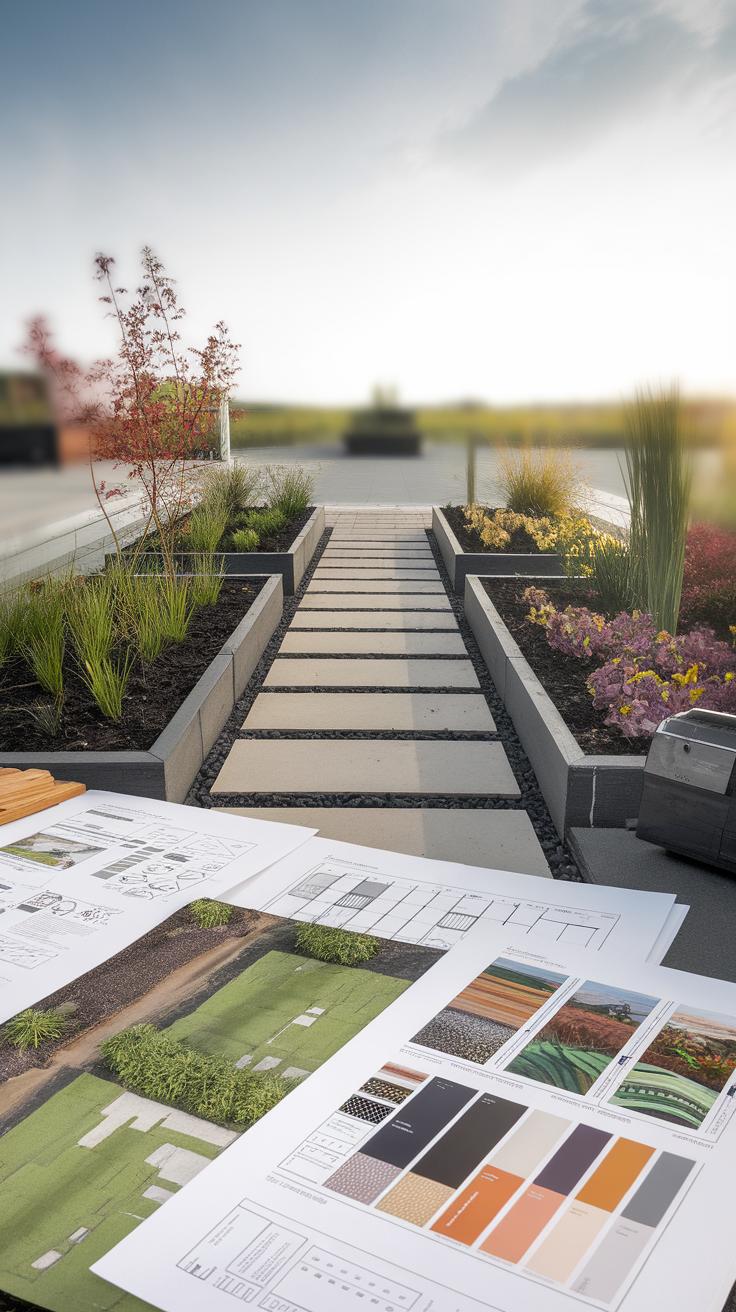
Visualizing a dream garden serves as the foundation of any successful outdoor oasis. Imagining the ideal landscape involves understanding personal lifestyles and preferences, ensuring that the garden reflects your unique essence. This process is not only about aesthetics but also about functionality. Whether you envision a tranquil retreat, a space for entertaining, or a productive vegetable garden, defining these elements is crucial.
Taking the time to sketch or describe your ideal garden can clarify desires and aspirations. It encourages thoughtful consideration of how the space will accommodate family gatherings, solitary reflection, or playful activities with children. A well-planned garden transcends mere beauty; it becomes an extension of your home, harmoniously intertwining with your way of life, creating a sanctuary that truly resonates with who you are.
Site Assessment and Selection for the Ultimate Dream Garden

Techniques for Assessing Garden Locations
Assessing a garden site is crucial for creating a sanctuary that aligns with modern living. Start by evaluating sunlight exposure, as this determines which plants will thrive. Observe the space at different times of the day to identify areas of full sun, partial shade, and deep shade. Each zone will have distinct implications for plant selection and arrangement.
Wind exposure is another vital factor to consider. Identify prevailing winds and assess how they impact your garden. Creating barriers, such as hedges or fences, can help protect delicate plants while enhancing the overall aesthetic. Additionally, during site assessment, soil conditions must not be overlooked. Conduct soil tests to evaluate pH, texture, and drainage. This information is invaluable for planning soil amendments and ensuring a healthy, thriving garden environment.
Choosing the Right Plants for Your Ultimate Dream Garden
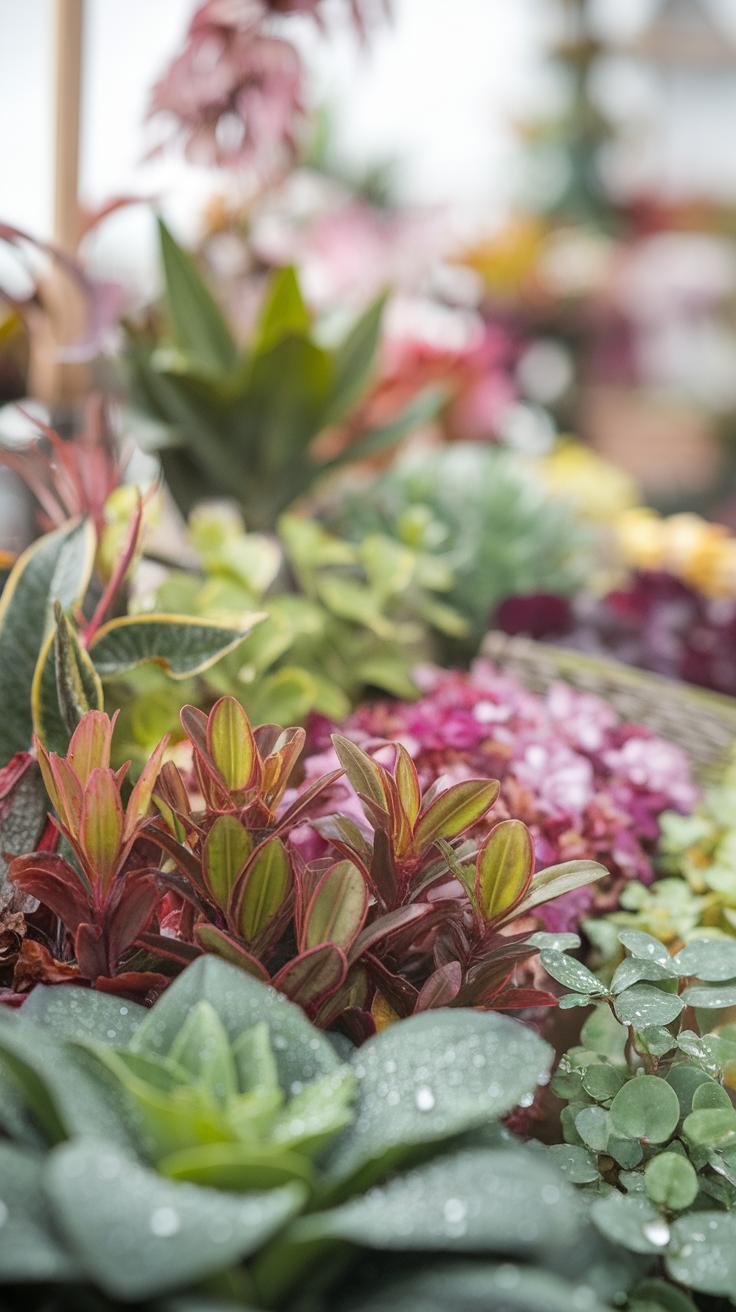
Selecting the right plants is fundamental to designing a dream garden that complements modern living. A variety of plant types can enhance aesthetics, improve air quality, and even support local ecosystems. For a contemporary landscape, consider a mix of perennials, shrubs, and ornamental grasses. Perennials like lavender and coneflower not only provide seasonal color but also require low maintenance, flourishing year after year.
Seasonal Considerations and Maintenance
Incorporating seasonal plants can create a dynamic environment. Spring bulbs, such as tulips and daffodils, bloom early, bringing joy after winter’s chill. Summer offers vibrant annuals, like petunias, that thrive with regular watering. For year-round interest, choose evergreens such as junipers that provide structure and visual appeal throughout all seasons. Understanding each plant’s sunlight, watering needs, and growth patterns will ensure your sanctuary remains lush with minimal effort, allowing you to enjoy the tranquility of your outdoor haven. The right plant selection harmonizes the space, making it an inviting retreat from the hustle and bustle of daily life.
Hardscape Elements for Functionality in the Ultimate Dream Garden
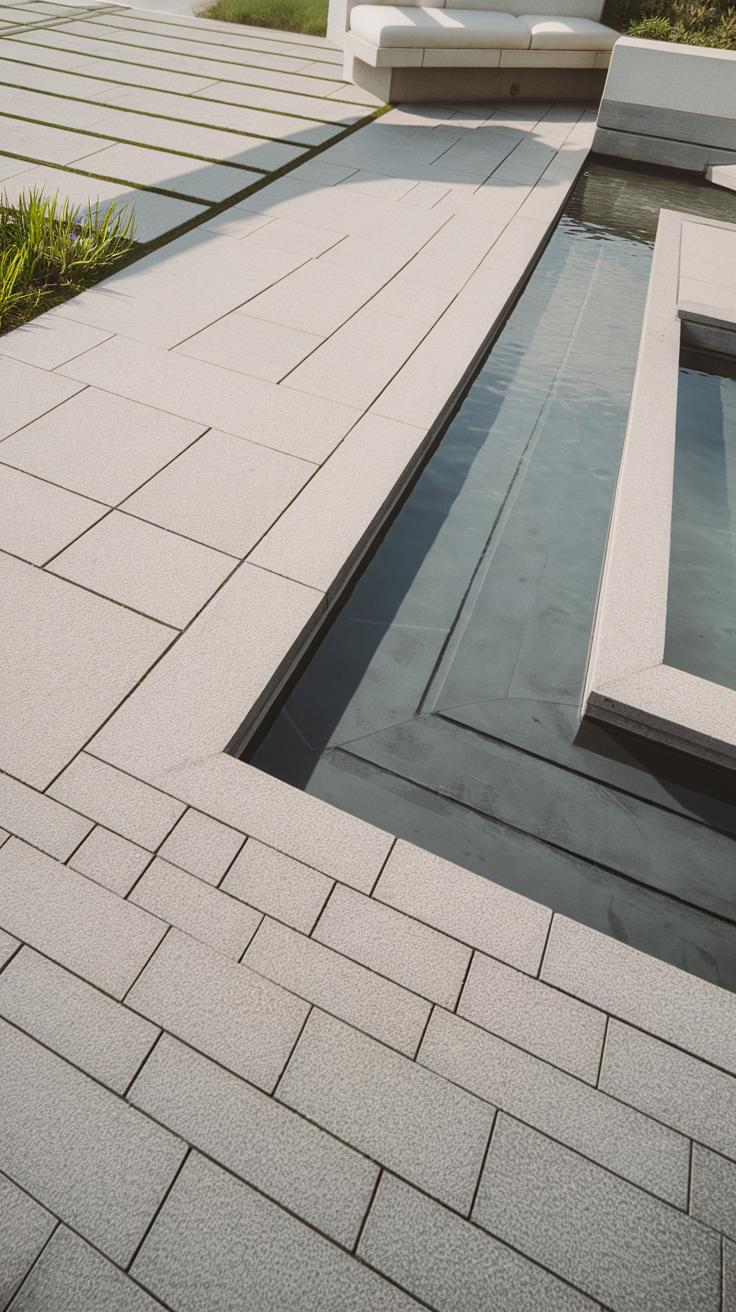
Creating Practical Spaces with Pathways and Patios
Integrating hardscape features is fundamental for enhancing both the functionality and aesthetic appeal of your dream garden. Thoughtfully designed pathways can guide visitors through your outdoor sanctuary, connecting various sections while offering a sense of direction. Robust materials like natural stone or pavers provide durability and complement the plant life, ensuring a harmonious blend between the hard surfaces and lush greenery.
Patios serve as vital gathering spaces for relaxation and entertainment. When planning a patio, consider its layout and the furniture arrangement to maximize usability. Incorporating features such as built-in benches, fire pits, or dining areas can elevate the outdoor experience. Additionally, choosing weather-resistant furniture ensures your patio remains inviting throughout the seasons, creating a seamless indoor-outdoor living experience.
Incorporating Hardscape Furniture for Comfort
Hardscape furniture is another critical aspect of crafting a dream garden. These elements not only provide comfort but also define functional areas within the landscape. Opt for materials like metal, wood, or stone that withstand the elements, offering longevity and style. The right furniture can invite relaxation, making it a perfect gathering spot for friends and family.
Strategically placing seating areas within the garden can encourage interaction with the natural surroundings while fostering a sense of community. Creating secluded nooks can provide individuals with a peaceful retreat, enhancing the overall serenity of the space. Thoughtful hardscape design ensures that your outdoor environment not only looks beautiful but also serves a practical purpose, aligning with modern living’s emphasis on balance and functionality.
Sustainable Gardening Practices for the Ultimate Dream Garden

Promoting Biodiversity in Your Dream Garden
Sustainable gardening practices form the backbone of creating a dream garden that aligns with modern living. Incorporating native plants is a key step; these species require less water and maintenance, supporting local wildlife and promoting biodiversity. Pollinator gardens filled with flowers that attract bees, butterflies, and other beneficial insects not only enhance the beauty of your garden but also play a vital role in ecosystem health. Implementing organic gardening methods minimizes chemical use, allowing for a healthier environment that fosters natural pest control.
Minimizing Environmental Impact
Water conservation techniques, such as rainwater harvesting and drip irrigation systems, are vital for sustainability. Mulching helps retain soil moisture while suppressing weeds, reducing the need for chemical herbicides. Composting kitchen and garden waste transforms potential refuse into nutrient-rich additions for the soil, enhancing its structure and fertility. These practices create a harmonious balance, allowing the dream garden to flourish while caring for the planet. By prioritizing sustainability, modern gardeners can craft spaces that provide serenity and beauty, contributing positively to the environment.
Garden Lighting for Ambiance Creating Mood in Outdoor Spaces

Transforming Evenings with Thoughtful Illumination
Proper garden lighting serves as an essential element in establishing a serene outdoor space, particularly during the evening hours. By strategically placing lights, one can enhance the beauty of the landscape and create a warm, inviting atmosphere. Soft, ambient lighting can highlight architectural features, plants, and pathways, promoting an enchanting evening ambiance that beckons us to linger outdoors.
Consider incorporating a variety of lighting techniques, including string lights, lanterns, and recessed fixtures, to achieve a dynamic effect. These options not only illuminate spaces but also evoke a sense of comfort and relaxation. Utilizing low-voltage LED lights is a sustainable approach that balances elegance with energy efficiency.
Setting the Mood for Different Activities
Each area of the garden can serve distinct purposes; therefore, lighting should be tailored to cater to various activities. For instance, brighter lights may be suitable for dining areas, while softer, dimmer options work well for cozy seating nooks. Gradual transitions between light intensities can guide guests through the space and create a pleasant visual experience.
Incorporating smart lighting systems allows for adjustments in brightness and color temperatures, enhancing the garden’s versatility. This means you can transform the mood from vibrant gatherings to tranquil evenings with ease, reinforcing the concept of the ultimate dream garden for modern living.
Seasonal Planting and Maintenance A Key Element for the Ultimate Dream Garden
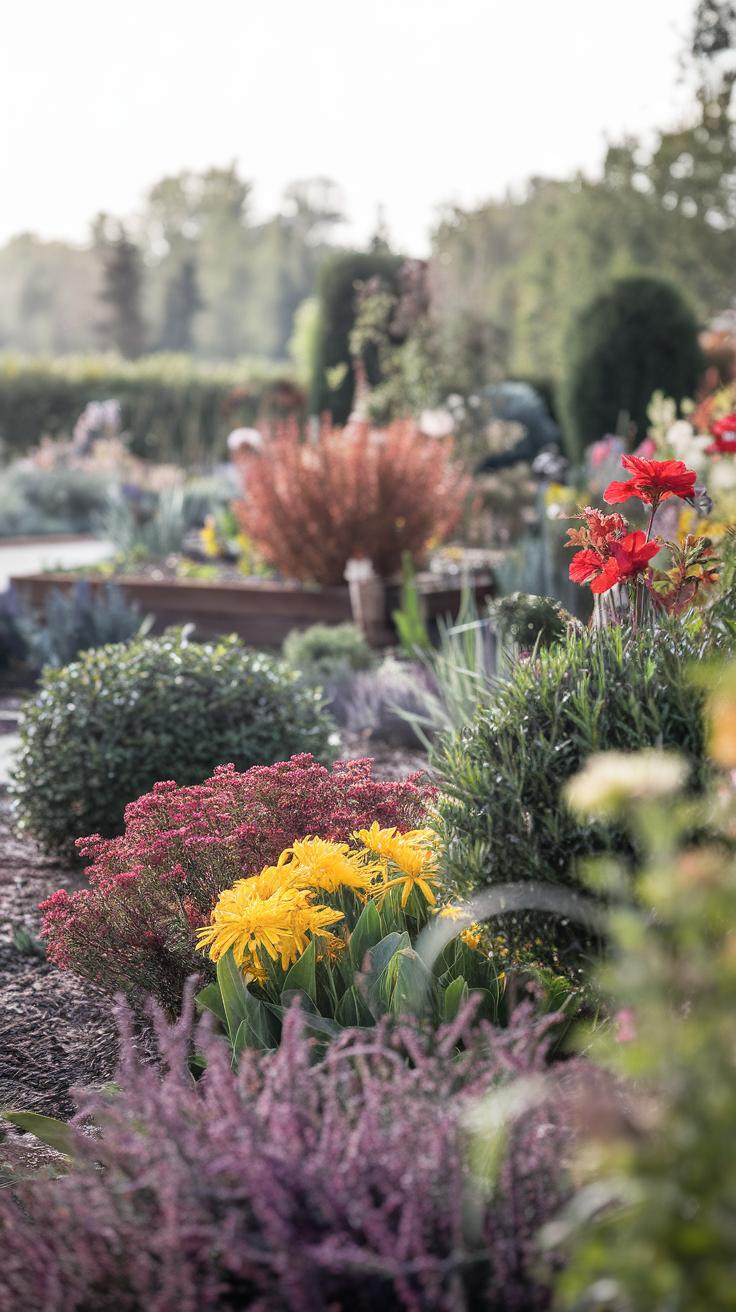
Benefits of Seasonal Planting
Creating a vibrant dream garden relies heavily on the principles of seasonal planting. Selecting plants that thrive during specific seasons not only enhances visual appeal but also promotes biodiversity. Each season presents unique opportunities; spring brings vibrant blooms, summer offers lush greenery, autumn showcases rich hues, and winter can reveal striking evergreens. Understanding local climate conditions allows for the selection of flora that will flourish, ensuring that the garden maintains its charm and vibrancy throughout the year.
Ongoing Maintenance Practices
Regular garden maintenance is crucial to sustaining an inviting outdoor oasis. Activities such as pruning, weeding, and pest control contribute to overall plant health. Seasonal adjustments in care routines, such as mulching in fall or fertilizing in spring, invigorate plant growth. This diligence prevents overcrowding and encourages a balanced ecosystem, fostering a serene retreat that feels inviting throughout all four seasons. By cultivating a consistent maintenance approach, the dream garden transforms not only into a picturesque space but also a sanctuary of tranquility amidst modern living.
Embracing Technology in Garden Design
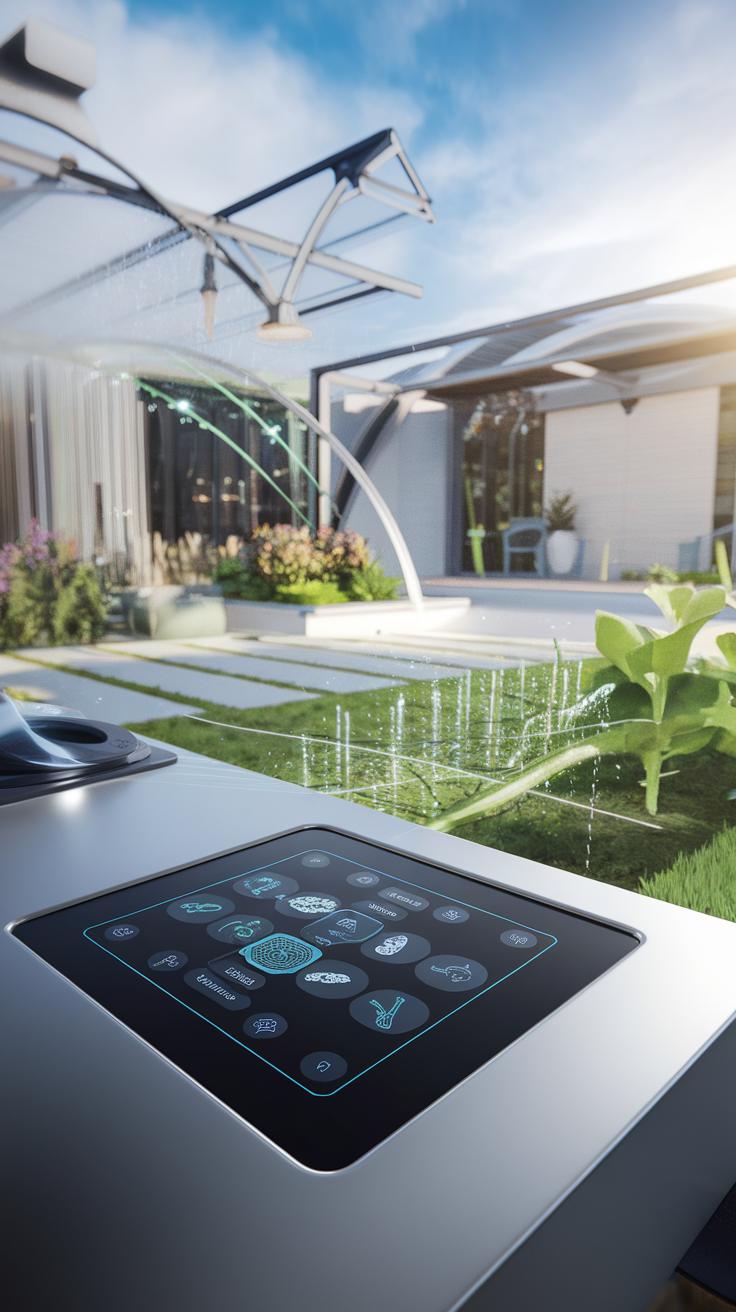
The Role of Technology in Contemporary Garden Design
Today’s dream garden is often enhanced by the integration of advanced technology, transforming outdoor spaces into realms of efficiency and beauty. Smart irrigation systems, for instance, can monitor soil moisture levels, ensuring plants receive optimal hydration without waste. This innovation not only conserves water but also allows for personalized care tailored to specific plant needs. Furthermore, garden design applications provide users with 3D modeling tools, enabling them to visualize and customize layouts before committing to physical changes. The fusion of natural aesthetics with technological elements creates adaptable environments that resonate with modern living.
Maintenance Innovation for Sustainable Gardens
Technological advancements are equally pivotal in maintaining these serene sanctuaries. Robotic lawn mowers and automated plant sensors help homeowners manage their gardens with minimal effort and maximum effect. These tools facilitate timely interventions, allowing for a healthier garden without the need for constant hands-on attention. Cellphone apps that provide reminders for watering, fertilizing, and pruning tasks represent a seamless blend of horticulture and modern convenience. By embracing these innovations, a dream garden not only nurtures plants but also fosters peace of mind, allowing individuals to enjoy their outdoor spaces as true sanctuaries.
Fostering Community Through Gardens Creating Shared Spaces for Modern Living
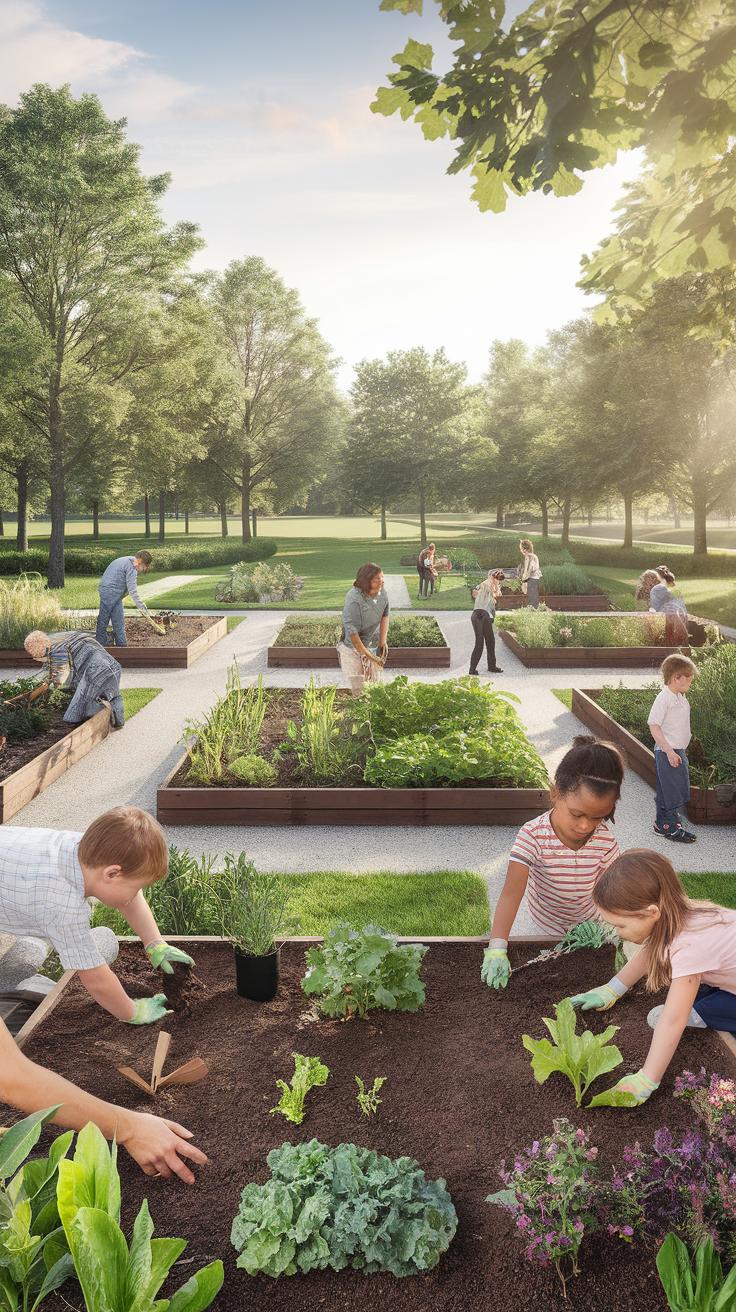
Encouraging Interaction Through Thoughtful Design
Gardens have a remarkable ability to foster a sense of community, transforming individual outdoor spaces into shared sanctuaries where neighbors can connect. Thoughtfully designed communal gardens invite participation and interaction, providing a setting for social gatherings, gardening workshops, or even casual meet-ups. Features such as benches, picnic areas, and shared planting beds can facilitate cooperation among residents, allowing them to engage with one another while cultivating plants together. This collaborative spirit reinforces community bonds, turning a simple yard into a vibrant hub for socialization and collaboration.
Uniting Neighbors Through Shared Experiences
Creating a communal garden encourages not only cooperation but also a shared ownership of the space. Residents can collaborate on planting schedules, maintenance tasks, and seasonal events, fostering a greater connection to the environment and each other. Such communal activities break down barriers, making it easier for individuals to engage and form friendships. These gardens also serve as platforms for educational experiences, enabling participants to learn about sustainable practices and biodiversity, further enriching the community’s collective knowledge and appreciation for their living environment. In this way, gardens become not just patches of greenery but vital spaces for nurturing relationships and reinforcing community ties.
Creating a Personal Retreat The Ultimate Dream Garden for Modern Living
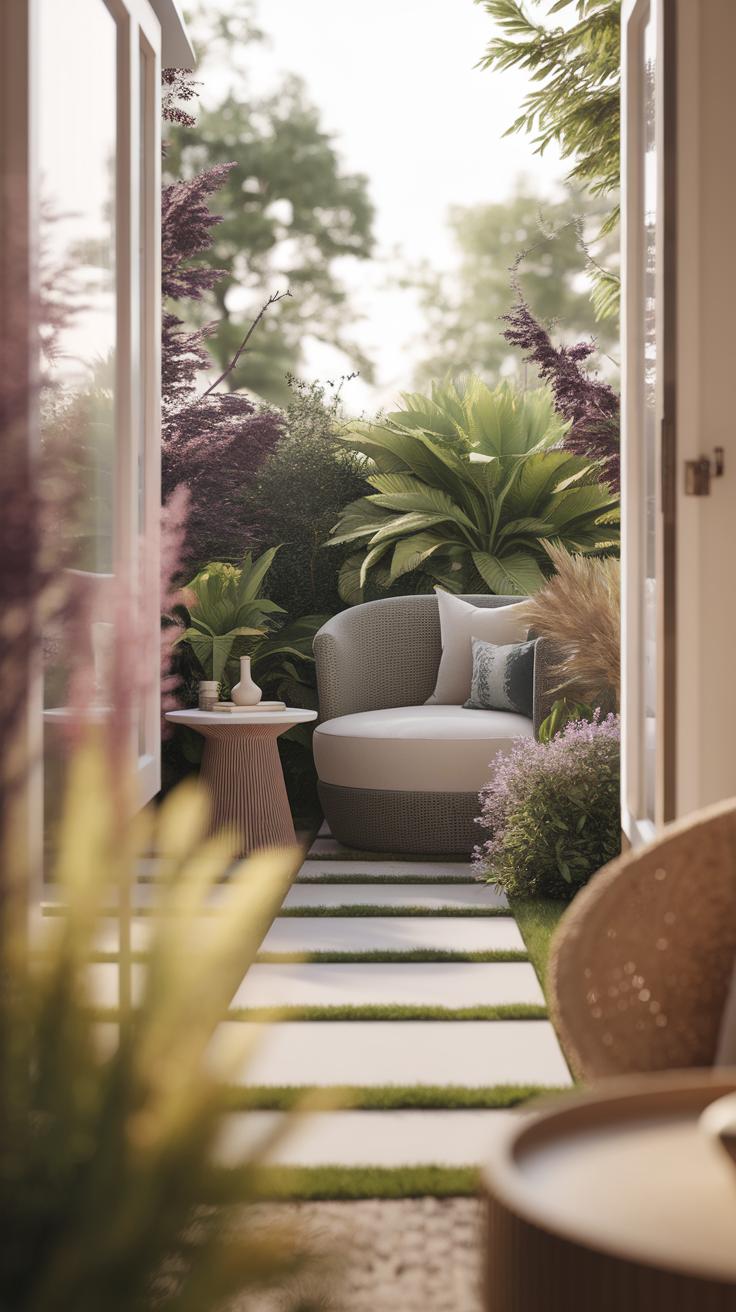
Designing Your Sanctuary
Transforming outdoor spaces into personal retreats requires intentional design that emphasizes tranquility and harmony. A well-thought-out dream garden incorporates elements that promote serenity, such as calming water features, fragrant plants, and comfortable seating areas. The arrangement of these elements should invite relaxation, allowing for mindful moments amidst nature. Consider including pathways lined with soft ground cover or gravel, which not only guide the eye but also encourage exploration and contemplation.
The Importance of Personal Retreats
Designing a dream garden transcends mere aesthetics; it serves as a vital space for mental well-being. In the hustle of modern living, personal retreats offer an escape, where one can reconnect with nature and self. This sanctuary fosters mindfulness, igniting creativity and rejuvenating the spirit. Cultivating a garden can be a meditative practice, providing an opportunity to nurture life, both plant and personal. Emphasizing quality materials, native flora, and thoughtful layouts ensures that this outdoor haven remains a cherished retreat, reflecting individual style while promoting peace and introspection.
Conclusions
Designing your dream garden is a rewarding endeavor that combines creativity, practicality, and a respect for nature. Throughout this article, we have reviewed essential components, from site assessment and plant selection to sustainability practices and community-building. Implementing these strategies not only promotes a beautiful landscape but also fosters a deeper connection with the environment.
Your dream garden will serve as a personal sanctuary, bringing peace and joy into your daily life. As you embark on this journey, remember that patience and care are key; each season offers new opportunities for growth and discovery. With thoughtful planning and dedication, your outdoor space can flourish into a true reflection of your dreams.





